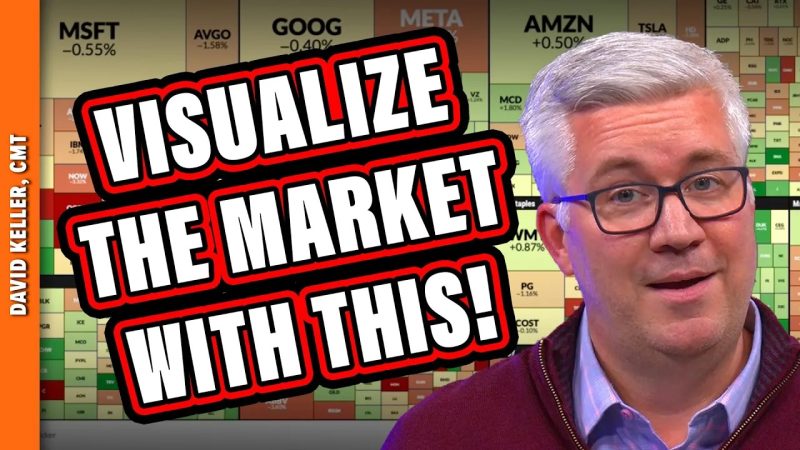Market Visualization Tools: A Comprehensive Guide
Market visualization tools have become essential for businesses looking to gain insights into their market landscape, improve decision-making, and stay ahead of competitors. With the increasing complexity of markets and the abundance of data available, these tools provide a way to simplify information and present it in a visually appealing and easy-to-understand format. In this article, we will explore some of the best market visualization tools available and how they can benefit your business.
1. Tableau: Tableau is a widely popular market visualization tool that allows users to create interactive and shareable dashboards. With Tableau, users can connect to various data sources, visualize data through drag-and-drop features, and create compelling visualizations. The tool provides a user-friendly interface and offers a wide range of visualization options, from simple graphs to complex heat maps and geographic maps.
2. Google Data Studio: Google Data Studio is another powerful market visualization tool that integrates seamlessly with various Google products such as Google Analytics and Google Ads. Users can create customized reports and dashboards using data from multiple sources, including Google Sheets, BigQuery, and SQL databases. Google Data Studio offers a range of visualization options, filters, and interactive features, making it easy to explore and analyze data.
3. Power BI: Developed by Microsoft, Power BI is a robust market visualization tool that enables users to create interactive reports and dashboards. With Power BI, users can connect to various data sources, transform and clean data, and visualize insights through rich visuals such as charts, graphs, and KPIs. The tool also offers AI-powered features that allow for advanced data analysis and forecasting.
4. Domo: Domo is a cloud-based market visualization tool that provides users with real-time insights and data visualization capabilities. Domo’s intuitive interface allows users to connect to multiple data sources, create custom dashboards, and share insights across the organization. The tool offers pre-built connectors to popular data sources and provides advanced features such as predictive analytics and data storytelling.
5. QlikView: QlikView is a market visualization tool known for its associative data engine, which enables users to explore data relationships and uncover hidden insights. With QlikView, users can create interactive dashboards and reports, perform data discovery and analysis, and collaborate with team members in real-time. The tool’s in-memory processing capabilities allow for fast data visualization and analysis, making it ideal for businesses dealing with large datasets.
In conclusion, market visualization tools play a crucial role in helping businesses make informed decisions, identify trends and patterns, and drive growth. By leveraging the power of these tools, businesses can gain a competitive edge in their respective industries and stay ahead in today’s data-driven world. Whether you choose Tableau, Google Data Studio, Power BI, Domo, or QlikView, investing in a market visualization tool can bring significant benefits to your organization and enhance your data analysis capabilities.


































